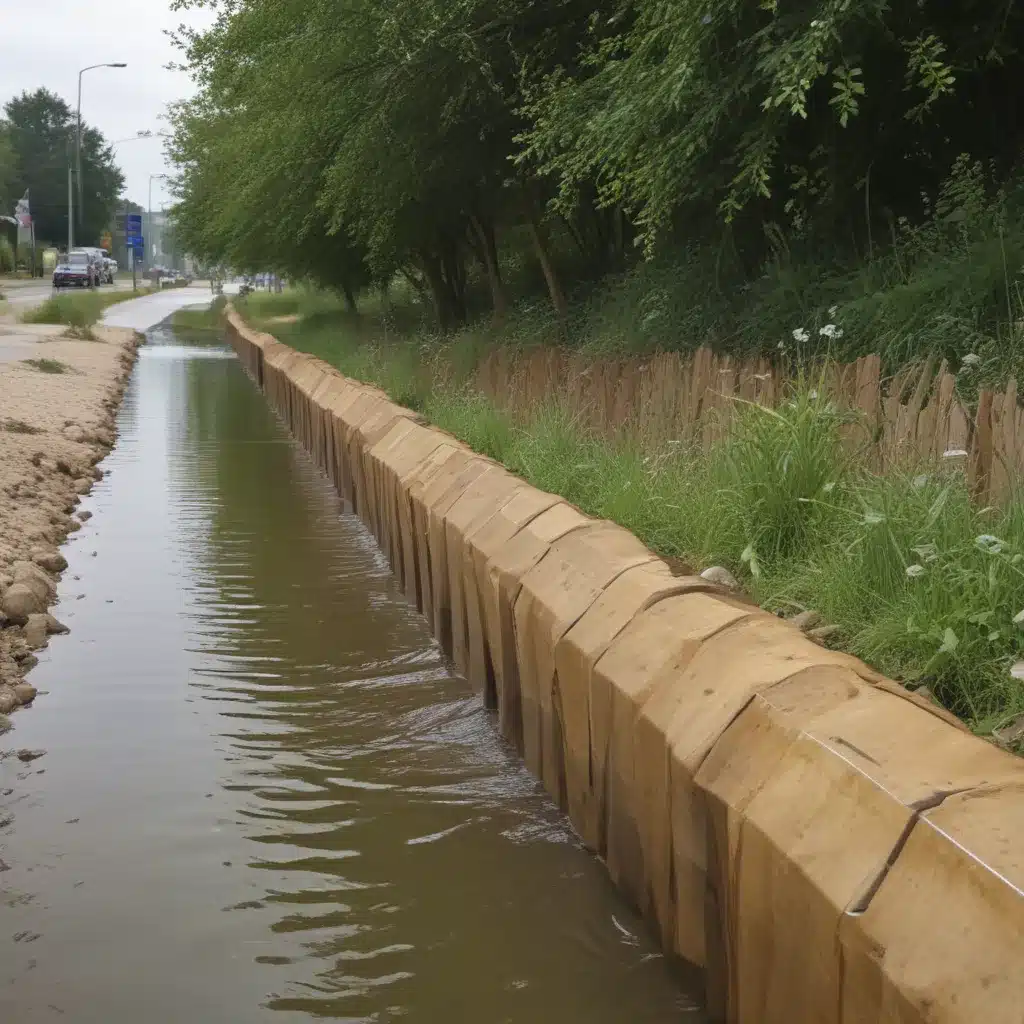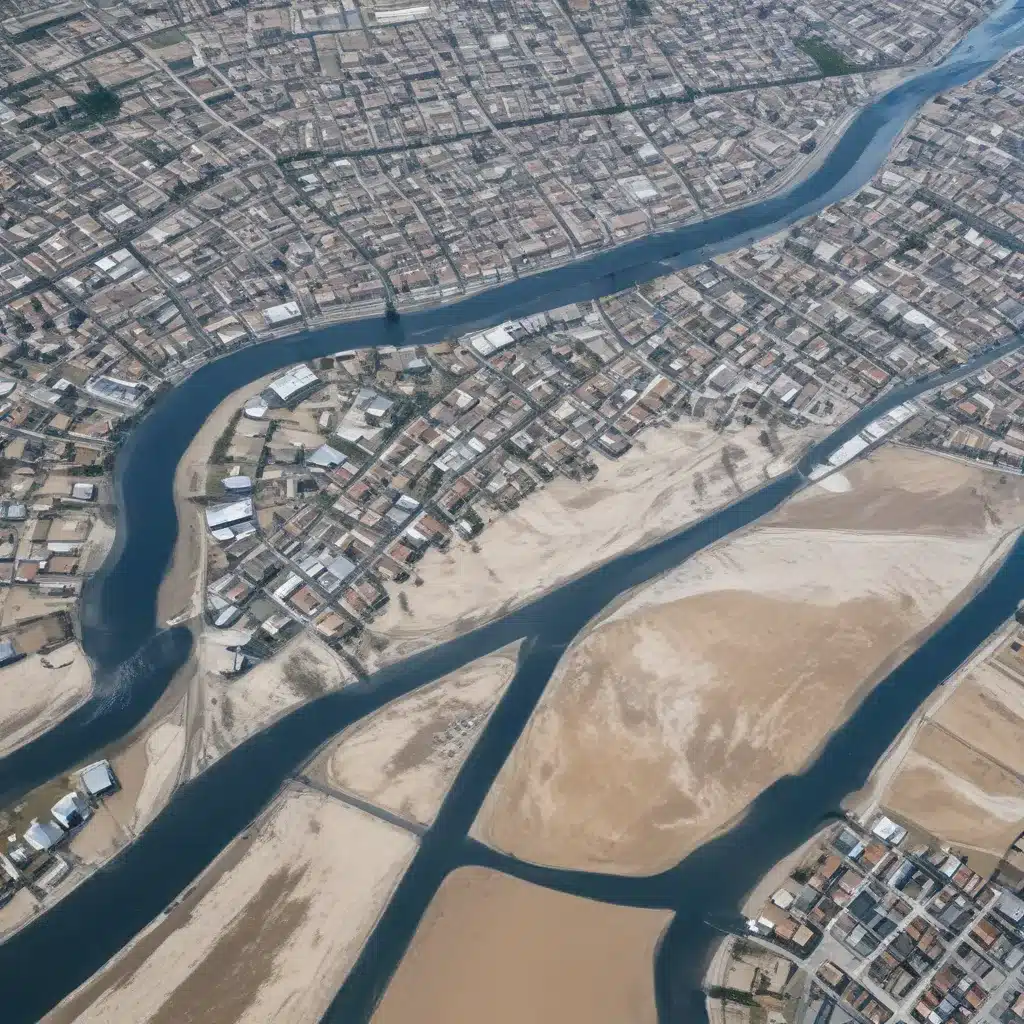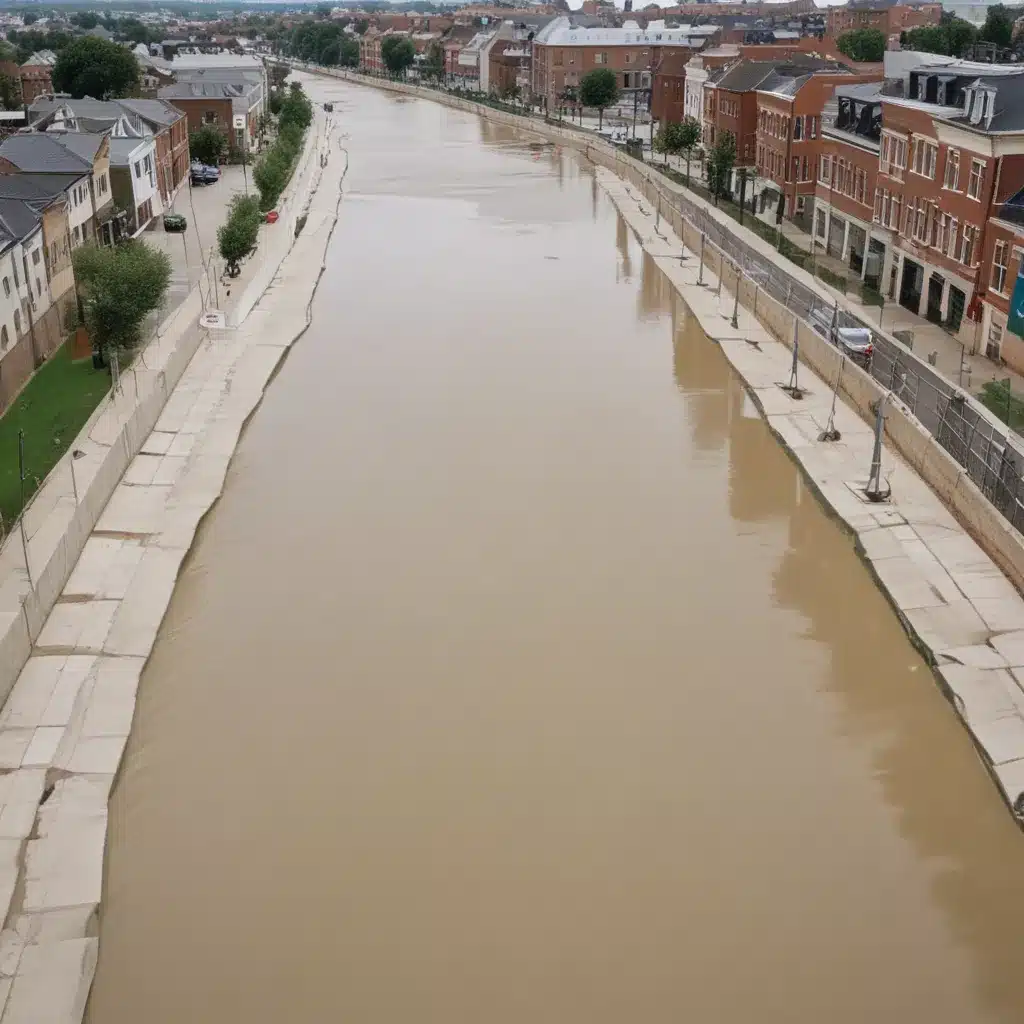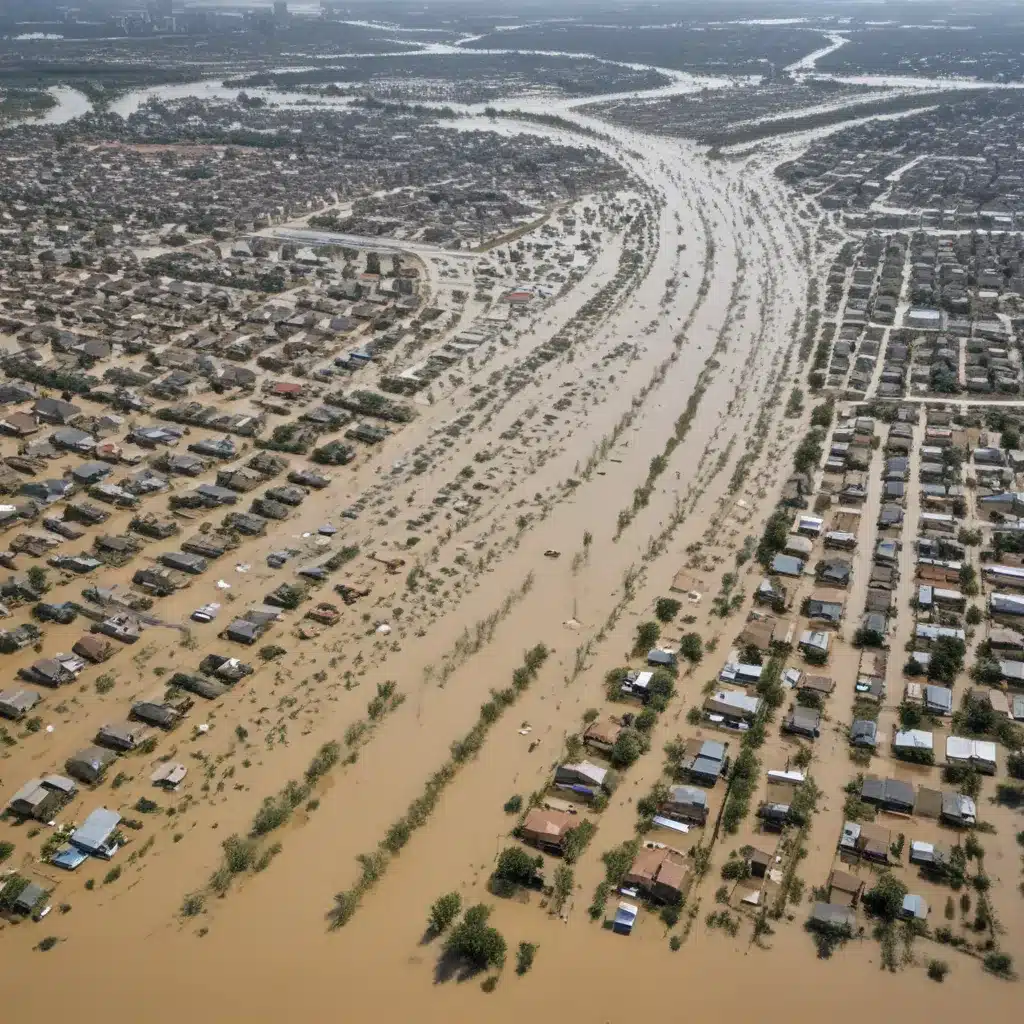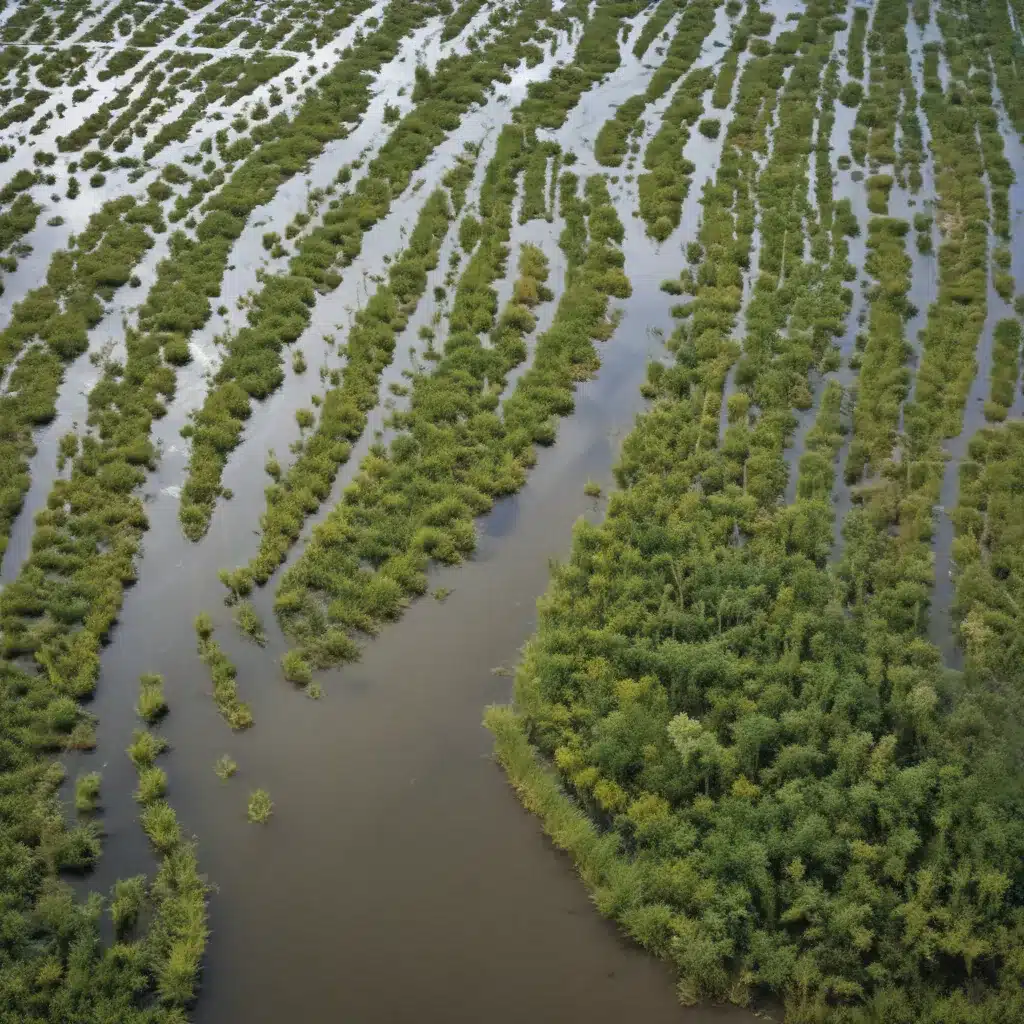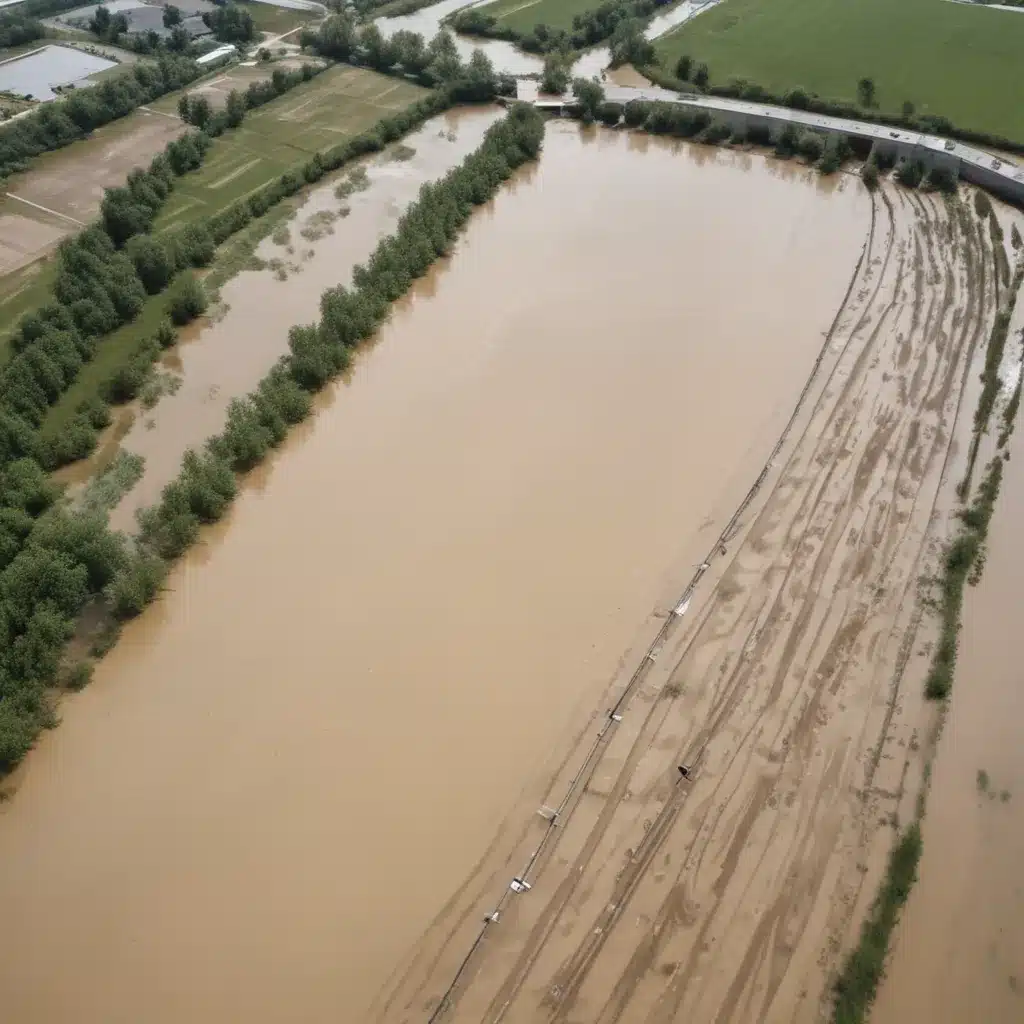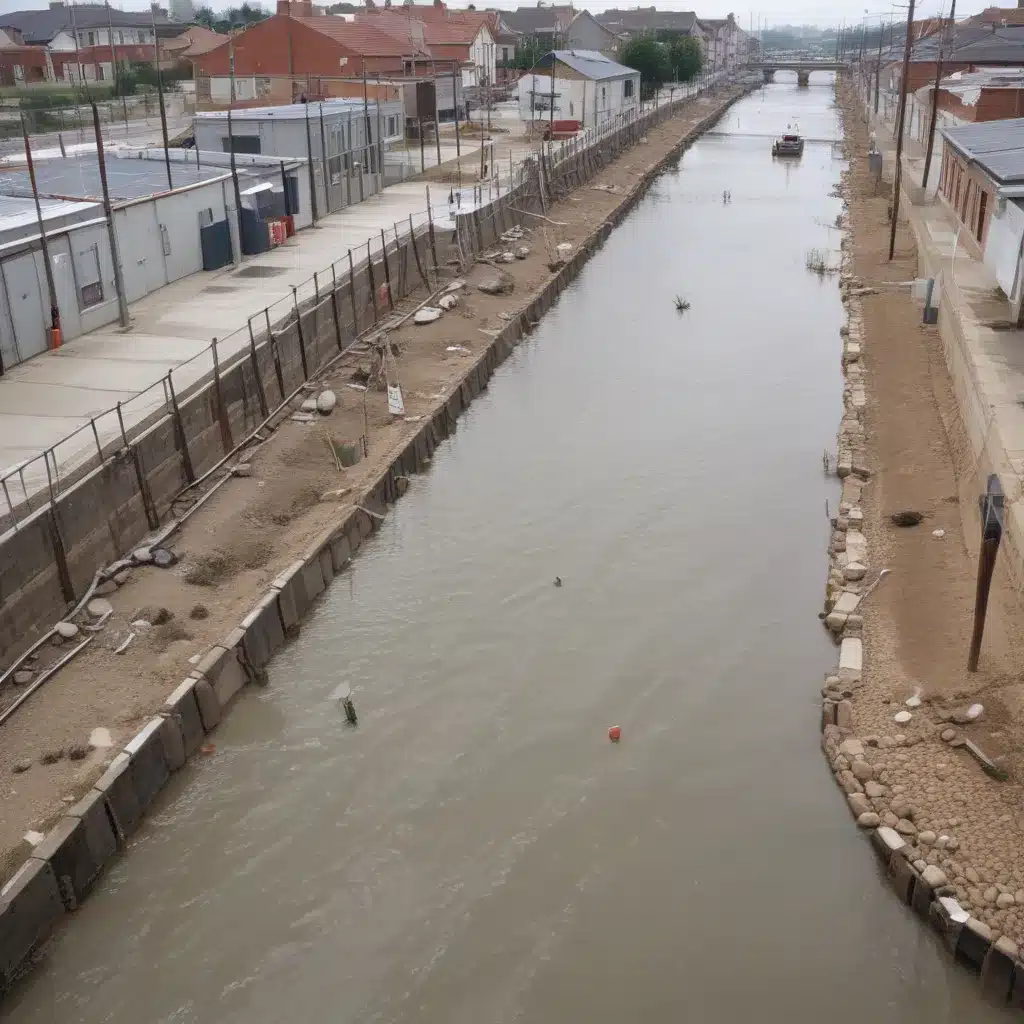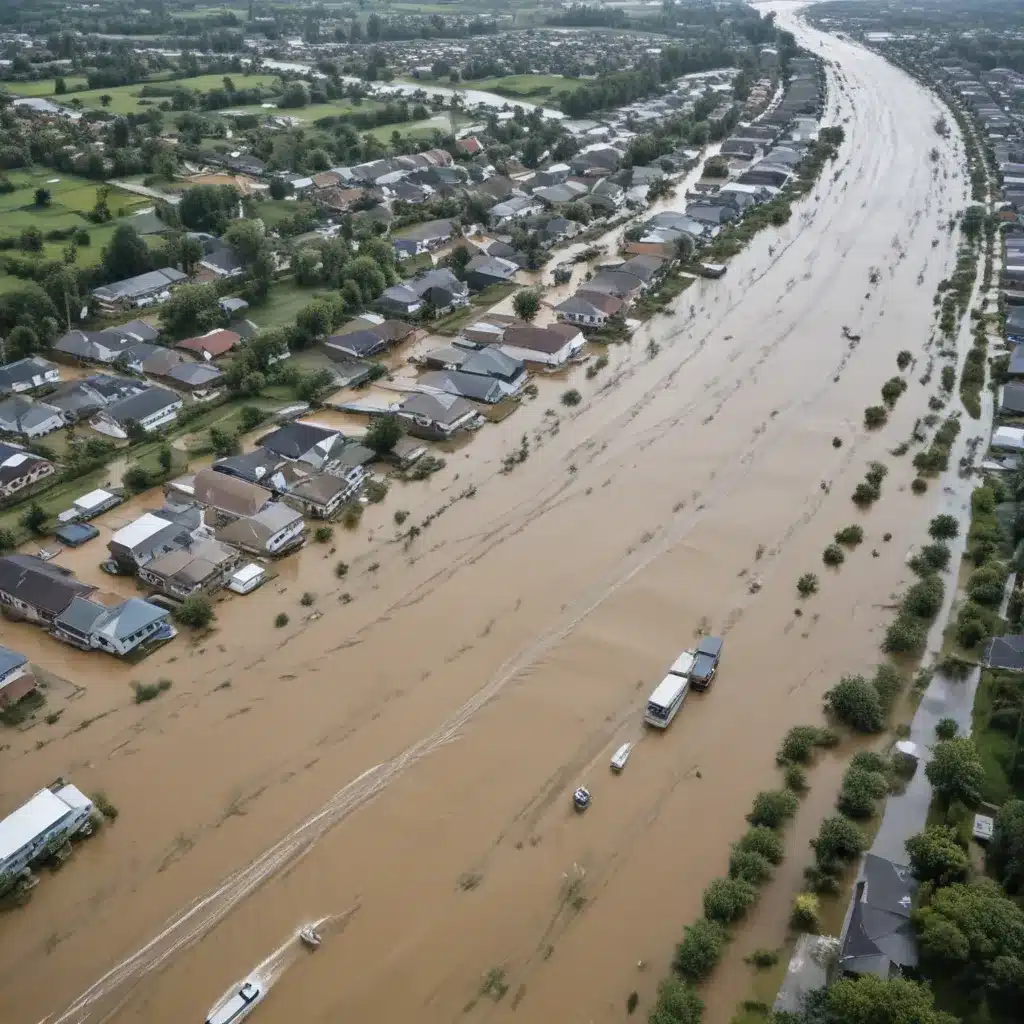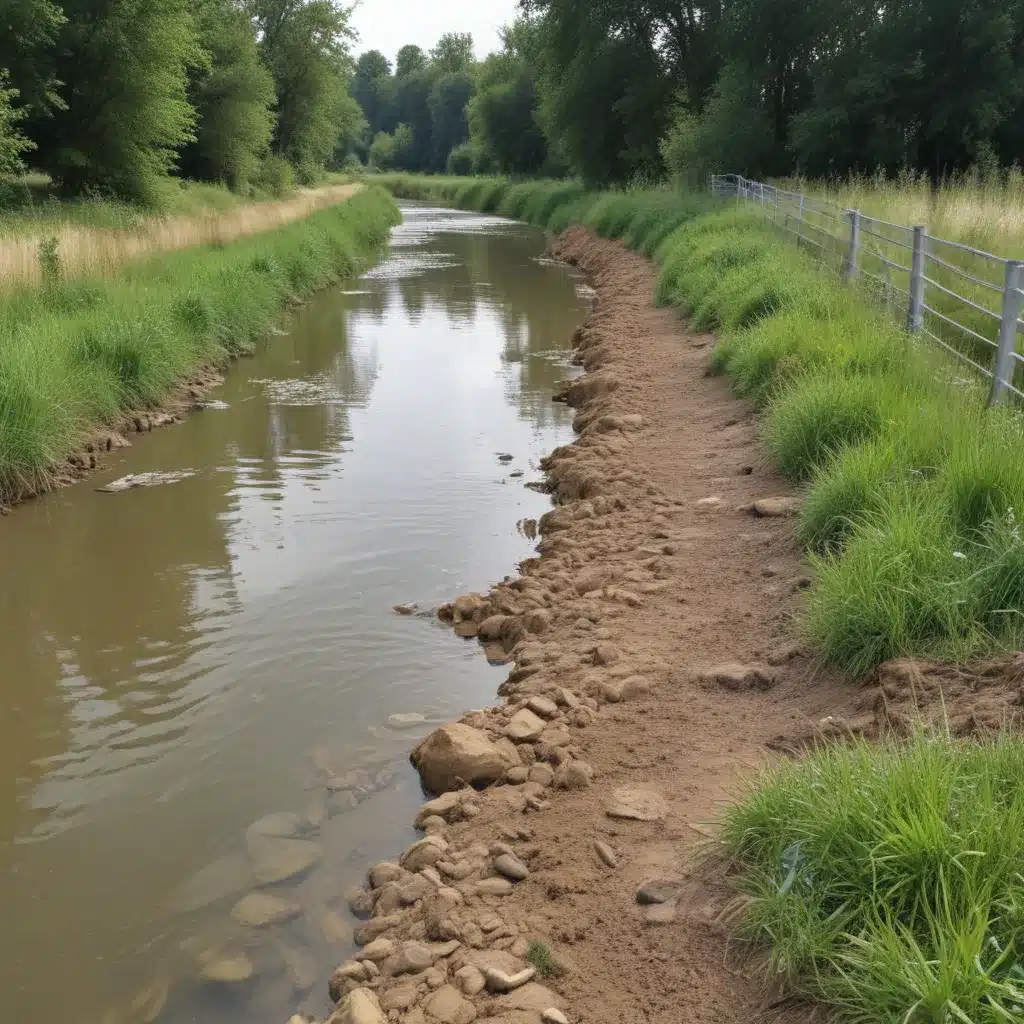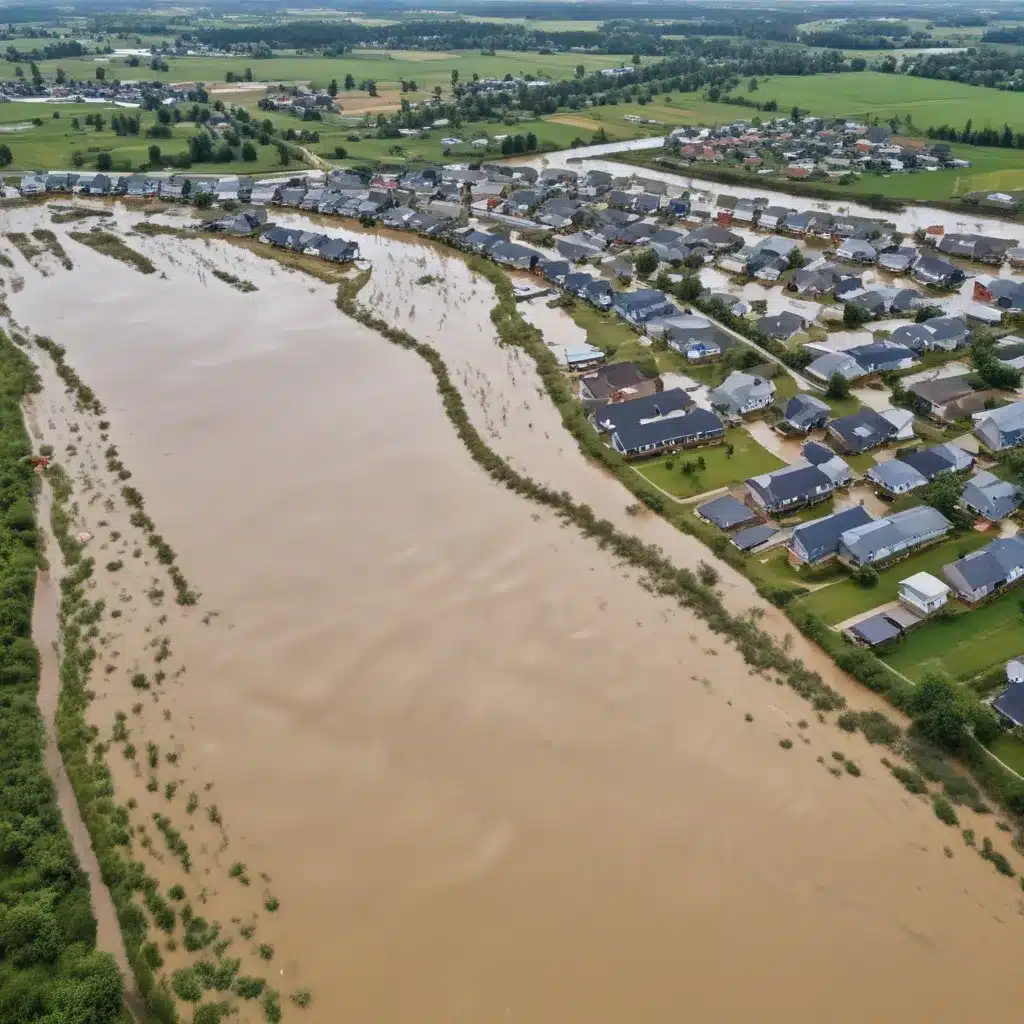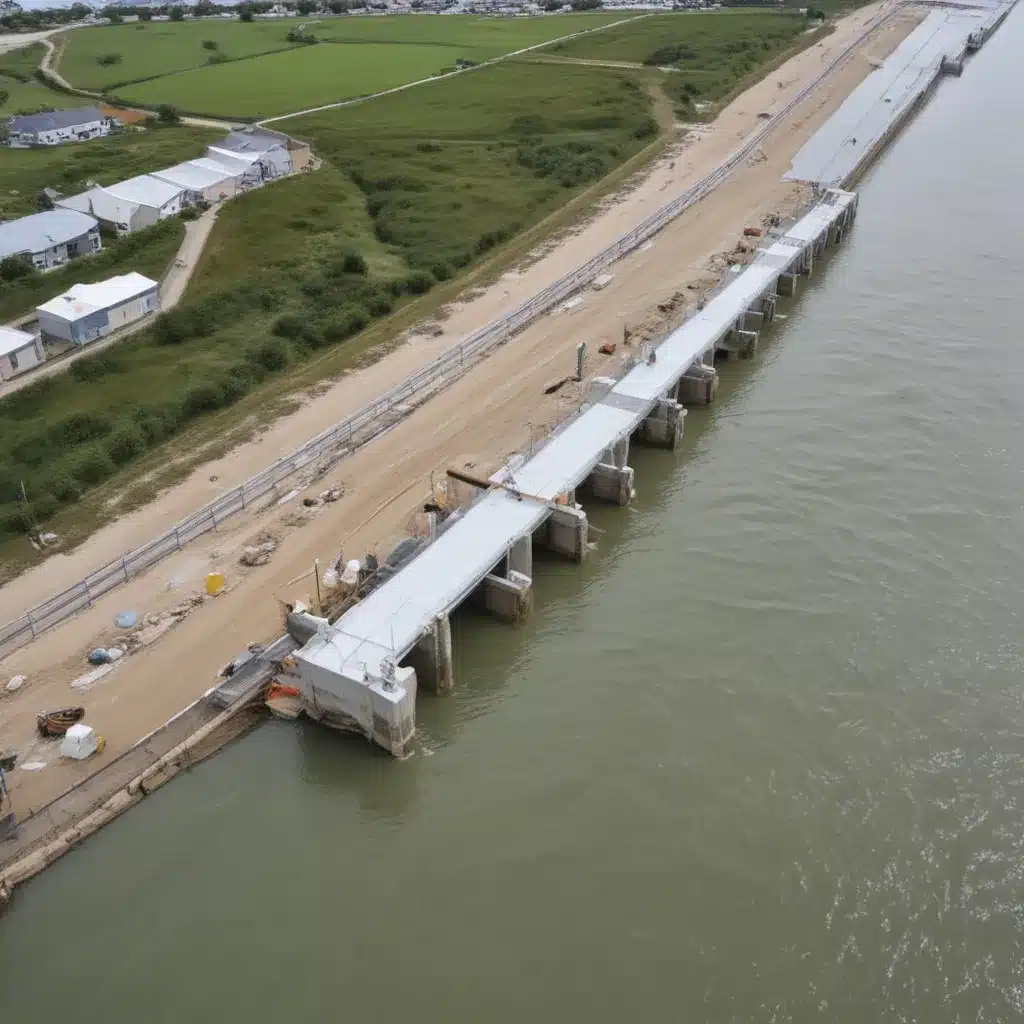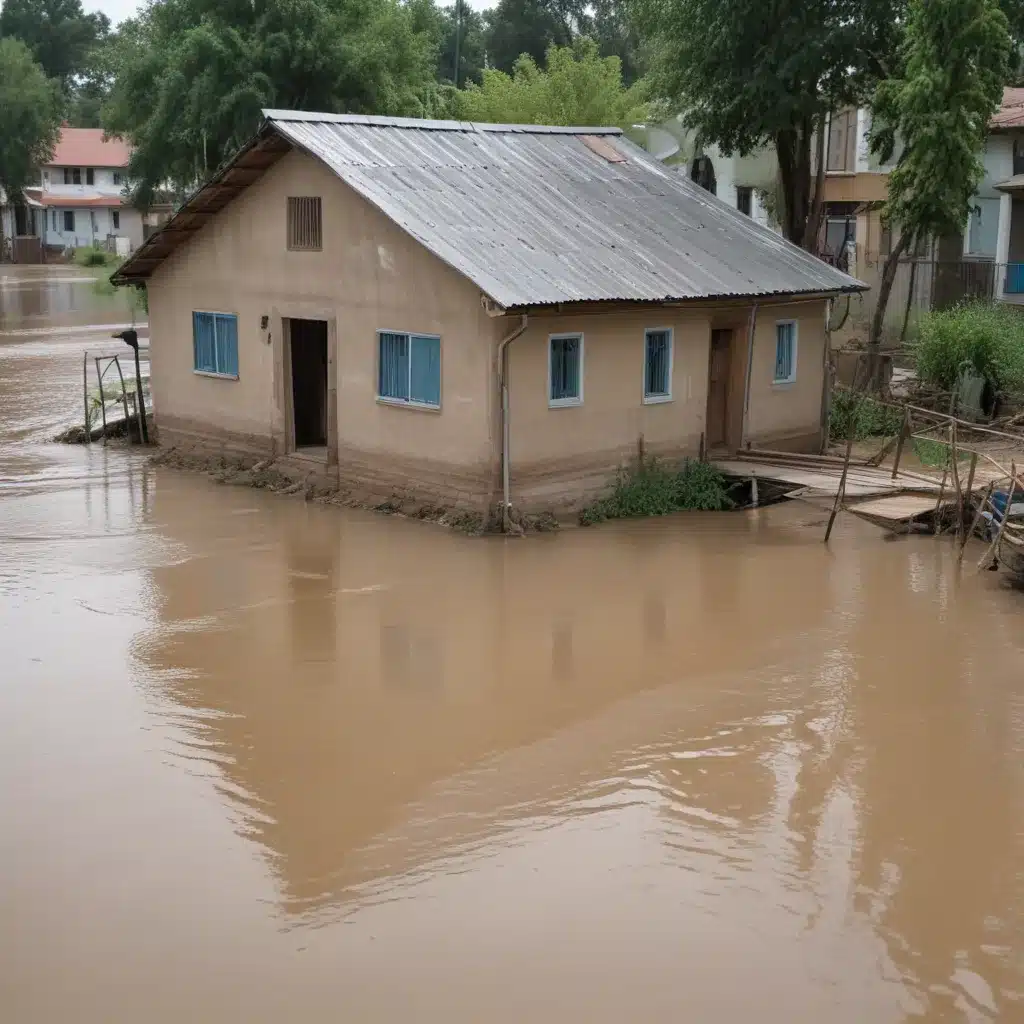In our ever-changing world, the need for accurate and reliable drought prediction has become increasingly important. As droughts continue to impact various regions across the globe, it is crucial to develop advanced hydrological models that can provide valuable insights and help us better prepare for these challenging situations. In this article, we will explore the future of drought prediction and delve into the game-changing hydrological models that are revolutionizing the field.

Understanding Droughts: A Complex Challenge
Droughts are complex natural phenomena that can have severe consequences on ecosystems, agriculture, and human populations. They occur when there is an extended period of significantly reduced precipitation, resulting in water scarcity and soil moisture deficits. Predicting droughts accurately is a challenging task due to the multitude of factors involved, such as climate patterns, land surface characteristics, and atmospheric conditions.
The Role of Hydrological Models
Hydrological models play a crucial role in understanding and predicting droughts. These models simulate the movement of water through various components of the hydrological cycle, including rainfall, evaporation, runoff, and groundwater flow. By incorporating data from weather stations, satellite observations, and other sources, hydrological models can provide valuable insights into the current and future state of water resources.
Traditional Hydrological Models: Limitations and Challenges
Traditional hydrological models have been the backbone of drought prediction for many years. These models are based on simplified representations of the hydrological processes and often rely on historical data to make predictions. While they have been effective to some extent, traditional models have several limitations that hinder their accuracy and reliability.
One of the main challenges is the inability to capture the complex interactions between different components of the hydrological system. For example, traditional models may struggle to account for the impact of vegetation on evapotranspiration rates or the influence of land use changes on runoff patterns. Additionally, these models are often sensitive to input data and calibration, making their predictions less robust in changing conditions.
Game-Changing Hydrological Models: A Paradigm Shift
The emergence of advanced hydrological models has brought about a paradigm shift in drought prediction. These models leverage cutting-edge technologies, such as machine learning, remote sensing, and high-resolution climate data, to improve accuracy and provide more reliable forecasts. Let’s explore some of the game-changing hydrological models that are at the forefront of this revolution:
1. Artificial Neural Networks (ANNs)
Artificial Neural Networks (ANNs) are a class of machine learning models that mimic the structure and function of the human brain. ANNs have shown great promise in drought prediction by effectively capturing complex non-linear relationships between input variables and drought indices. By training on historical data, ANNs can learn patterns and make accurate predictions based on the current environmental conditions.
2. Ensemble Modeling
Ensemble modeling involves combining multiple hydrological models to generate a consensus forecast. By considering the predictions from various models, ensemble modeling provides a more robust and reliable estimate of future drought conditions. This approach helps mitigate the uncertainties associated with individual models and improves the overall accuracy of drought predictions.
3. Data Assimilation Techniques
Data assimilation techniques integrate observations from multiple sources, such as satellite imagery, ground-based sensors, and climate models, into hydrological models. These techniques help to update and refine the model’s initial conditions and parameters, resulting in improved predictions. By assimilating real-time data, hydrological models can adapt to changing conditions and provide more accurate drought forecasts.
4. High-Resolution Climate Models
Traditional hydrological models often rely on coarse-resolution climate data, which may not capture localized climatic variations accurately. High-resolution climate models, on the other hand, provide detailed information about precipitation patterns, temperature gradients, and other climate variables at a local scale. By incorporating high-resolution climate data into hydrological models, we can enhance the accuracy of drought predictions for specific regions.
5. Physically-Based Models
Physically-based models simulate hydrological processes based on fundamental physical principles and equations. These models consider the physics of water movement, soil characteristics, vegetation dynamics, and other factors that influence the hydrological cycle. By incorporating detailed physics-based representations, these models provide a more realistic depiction of drought conditions and improve prediction accuracy.
Conclusion
In conclusion, the future of drought prediction looks promising, thanks to the development of game-changing hydrological models. These models leverage advanced technologies, such as artificial neural networks, ensemble modeling, and data assimilation techniques, to enhance accuracy and provide more reliable forecasts. By incorporating high-resolution climate data and detailed physics-based representations, these models overcome the limitations of traditional approaches and offer valuable insights for better drought preparedness. As we continue to advance in our understanding and modeling capabilities, we are paving the way for a future where accurate drought prediction is within our grasp.

